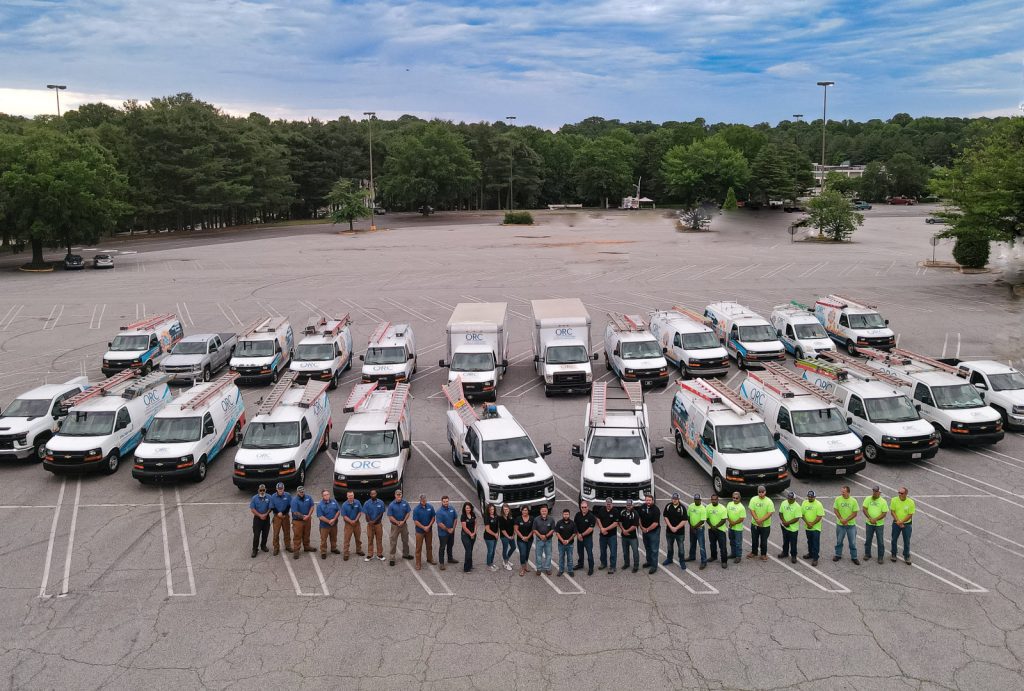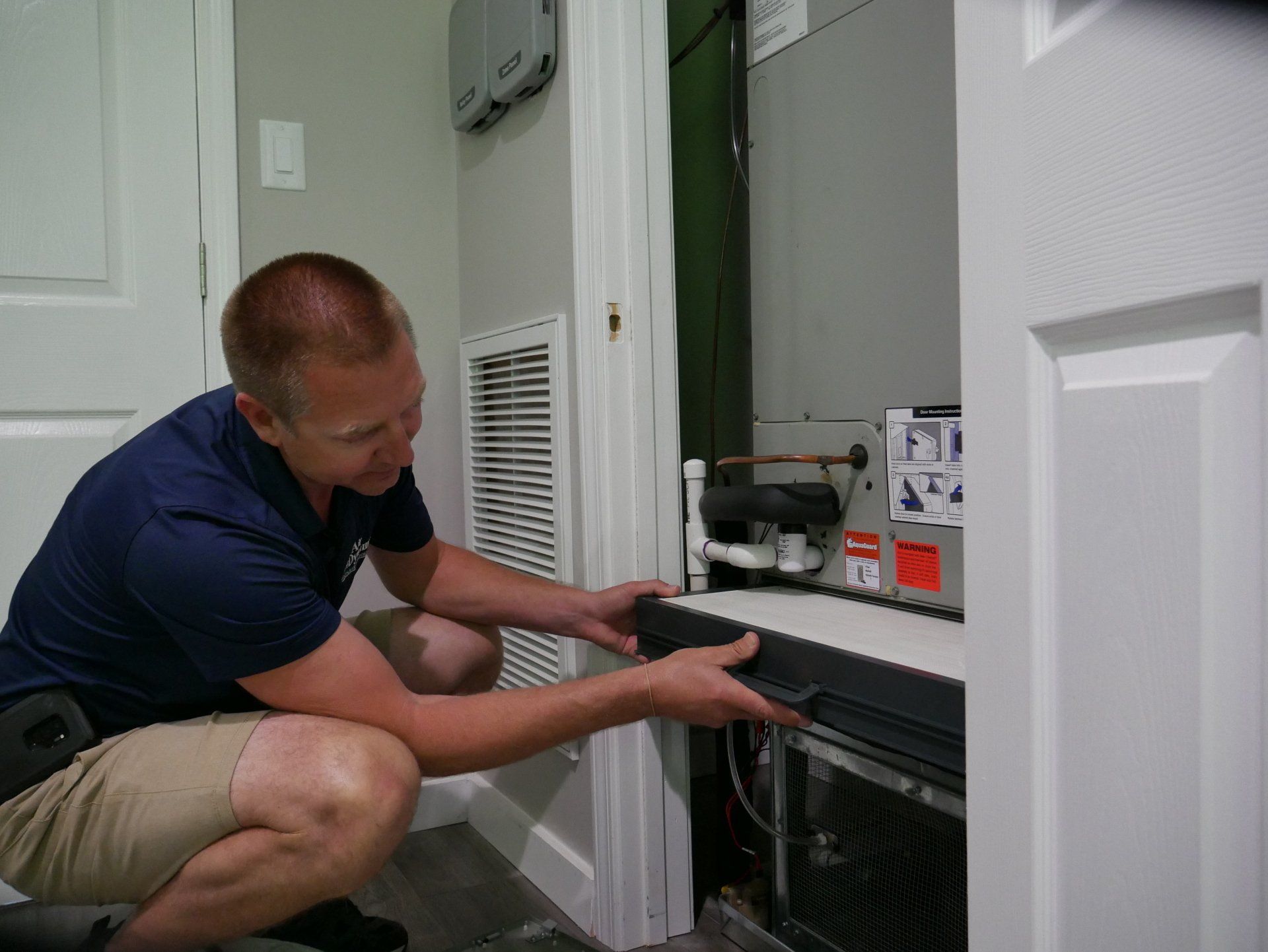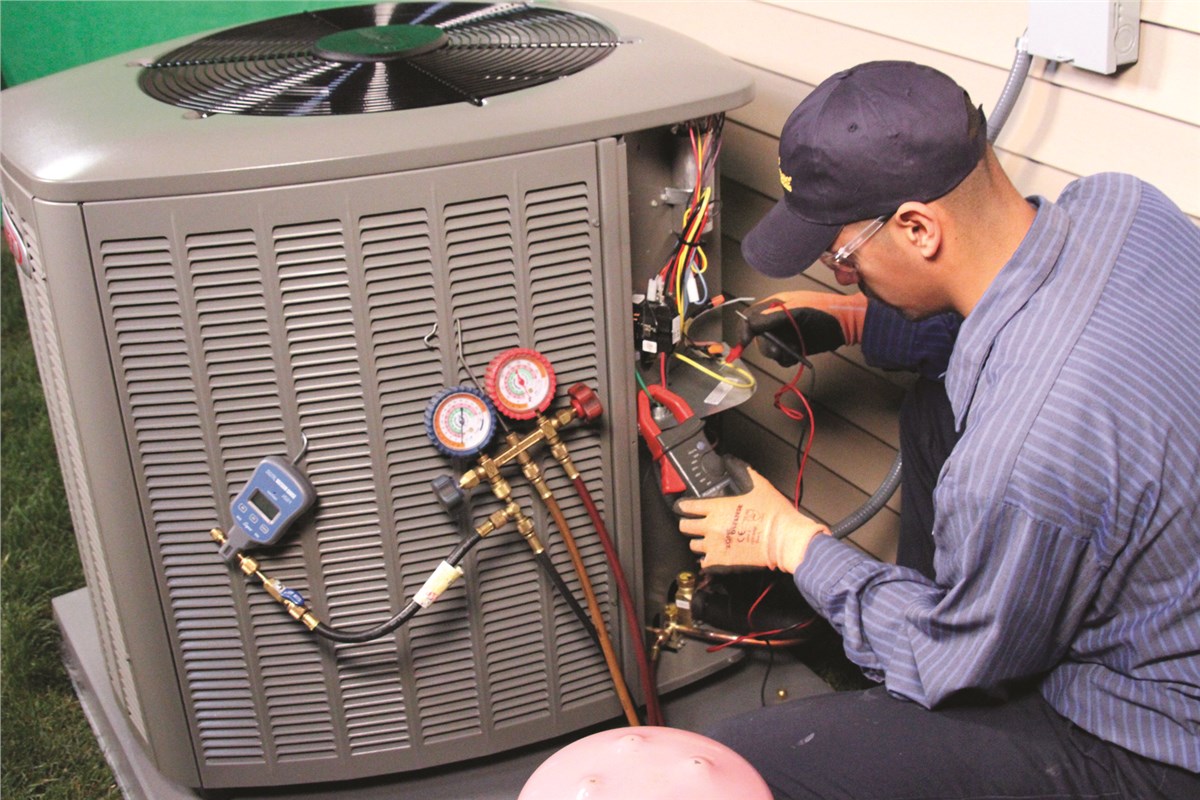Air Conditioning Repair Winston Salem Nc

Living in Winston Salem, NC, means experiencing the full spectrum of seasons – from hot, humid summers to chilly winters. That's why a functioning HVAC system is crucial for maintaining comfort in your home. One of the most common and frustrating issues homeowners face is an air conditioner that's blowing warm air or not cooling effectively. This article will guide you through a systematic troubleshooting process to diagnose and potentially fix the problem, saving you time and money. Remember, your safety is paramount. If at any point you feel uncomfortable or uncertain, it's always best to call a qualified HVAC technician, like those servicing Winston Salem.
Troubleshooting Warm Air from Your AC: A Step-by-Step Guide
Before you call for professional air conditioning repair in Winston Salem NC, let's walk through a few checks you can perform yourself. Follow these steps in order to narrow down the potential causes.
Step 1: Check the Thermostat
This might seem obvious, but it's the most common culprit!
- Without Tools: Ensure your thermostat is set to "Cool" and the temperature is set lower than the current room temperature.
- Without Tools: Make sure the fan setting is on "Auto", not "On". If it's on "On", the fan will run continuously, even when the compressor isn't cooling, which can make it feel like the air is warm.
- Without Tools: Check the thermostat's batteries if it's a digital model. Low batteries can cause erratic behavior. Replace them with fresh ones.
If the thermostat settings are correct, move on to the next step.
Step 2: Inspect the Air Filter
A dirty air filter is a major cause of AC problems. It restricts airflow, which can lead to the system overheating and not cooling properly.
- Without Tools: Locate your air filter. It's usually found in the return air vent or inside the air handler unit.
- Without Tools: Remove the filter and visually inspect it. If it's clogged with dust and debris, it needs to be replaced.
- DIY Action: Replace the dirty filter with a new one of the correct size. Make sure the arrow on the filter points in the direction of airflow.
Frequency: It's recommended to change your air filter every 1-3 months, especially during peak cooling season. Failing to replace your filter regularly can drastically reduce the efficiency of your AC system.
Step 3: Examine the Outdoor Unit (Condenser)
The outdoor unit, also called the condenser, is responsible for releasing heat from your home. If it's blocked or malfunctioning, it won't be able to do its job effectively.
- Without Tools: Visually inspect the condenser unit. Make sure there are no obstructions, such as plants, leaves, or debris, blocking airflow around the unit. Clear away any obstructions.
- Without Tools: Look for ice buildup on the refrigerant lines or the unit itself. If you see ice, this indicates a potential problem with airflow or refrigerant levels (we'll cover this later).
- Without Tools: Ensure the fan blades are not damaged or obstructed.
- DIY Action: Use a garden hose (with a gentle spray nozzle) to clean the condenser fins. Spray from the inside out to remove dirt and debris that may be trapped within the fins. Turn off the power to the unit at the breaker box before cleaning!
Safety First: Always disconnect the power to the outdoor unit at the breaker box before cleaning it with water. This prevents electrical shock.
Step 4: Check the Indoor Unit (Evaporator)
The indoor unit, typically part of your furnace or air handler, contains the evaporator coil. This coil absorbs heat from your home. Problems here can lead to poor cooling performance.
- Without Tools: Listen for unusual noises coming from the unit, such as banging, rattling, or hissing. These noises could indicate a mechanical problem.
- Without Tools: Look for ice buildup on the evaporator coil. This is usually visible if you can access the coil through an access panel. Do not attempt to remove the panel if you are unsure how to do so safely.
Important: Accessing the evaporator coil can be tricky and may require tools. If you're not comfortable doing this, it's best to call a professional.
Step 5: Inspect the Circuit Breaker
A tripped circuit breaker can cut power to your AC unit, preventing it from running.
- Without Tools: Locate your electrical panel and identify the circuit breaker for your AC unit.
- Without Tools: Check if the breaker is tripped (in the "off" or middle position).
- DIY Action: If the breaker is tripped, reset it by flipping it all the way to the "off" position and then back to the "on" position.
Caution: If the breaker trips repeatedly, there may be a more serious electrical problem. Contact a qualified electrician or HVAC technician to investigate.
Step 6: Check the Refrigerant Lines
Refrigerant is the fluid that absorbs and releases heat in your AC system. Low refrigerant levels can significantly reduce cooling performance.
- Without Tools: Visually inspect the refrigerant lines (the copper pipes running between the indoor and outdoor units) for leaks or damage. Look for oily residue or ice buildup.
- Without Tools: Listen for hissing sounds near the refrigerant lines, which could indicate a leak.
When to Call a Professional: Dealing with refrigerant is best left to trained professionals. Refrigerant is a hazardous substance, and handling it requires specialized equipment and knowledge. If you suspect a refrigerant leak, do not attempt to repair it yourself. Contact a licensed HVAC technician immediately.
Step 7: Test the Capacitor (Advanced - Requires Tools and Caution)
The capacitor is an electrical component that helps start and run the AC motor. A faulty capacitor can prevent the AC from starting or running properly.
Warning: This step involves working with electricity and requires caution. If you're not comfortable working with electricity, do not attempt this step. Contact a qualified HVAC technician.
- Requires Basic Equipment: You'll need a multimeter to test the capacitor.
- Diagnosis: Disconnect power to the AC unit at the breaker. Locate the capacitor in the outdoor unit. Use the multimeter to test the capacitor's capacitance. Compare the reading to the capacitor's rating (printed on the capacitor). If the reading is significantly lower than the rating, the capacitor may be faulty.
When to Call a Professional: Replacing a capacitor involves working with electricity and requires specialized knowledge. If you're not comfortable doing this, contact a qualified HVAC technician. Improperly handling capacitors can be dangerous.
When to Call for Professional Air Conditioning Repair in Winston Salem NC
While some AC problems can be resolved with simple DIY solutions, others require the expertise of a qualified HVAC technician. Here are some situations where you should call for professional help:
- Refrigerant Leaks: As mentioned earlier, refrigerant leaks require specialized equipment and knowledge to repair safely and effectively.
- Compressor Problems: The compressor is the heart of your AC system. If it's malfunctioning, it's usually a sign of a major problem that requires professional repair or replacement.
- Electrical Issues: If you're uncomfortable working with electricity or if you suspect a serious electrical problem, contact a qualified electrician or HVAC technician.
- Frozen Evaporator Coil: While you can try to defrost the coil by turning off the AC and running the fan, if the coil freezes repeatedly, it indicates an underlying problem that needs professional attention.
- Unusual Noises: Loud or persistent noises coming from your AC unit could indicate a mechanical problem that requires professional diagnosis and repair.
- Lack of Cooling After Troubleshooting: If you've followed all the troubleshooting steps above and your AC is still not cooling properly, it's time to call a professional.
Finding a Reputable HVAC Technician: When choosing an HVAC technician in Winston Salem NC, look for a licensed and insured company with positive reviews and a good reputation. Ask for references and compare quotes from multiple companies before making a decision.
Preventative Maintenance: The Key to a Long-Lasting AC System
The best way to avoid AC problems is to schedule regular preventative maintenance. An annual tune-up by a qualified HVAC technician can help identify and address potential issues before they become major problems. Preventative maintenance typically includes:
- Cleaning the condenser and evaporator coils
- Checking refrigerant levels
- Inspecting electrical components
- Lubricating moving parts
- Calibrating the thermostat
- Checking for leaks and damage
By following these troubleshooting steps and scheduling regular preventative maintenance, you can keep your AC system running efficiently and reliably for years to come, ensuring a comfortable and cool home throughout the Winston Salem summers. Remember, when in doubt, always consult with a qualified HVAC professional.










